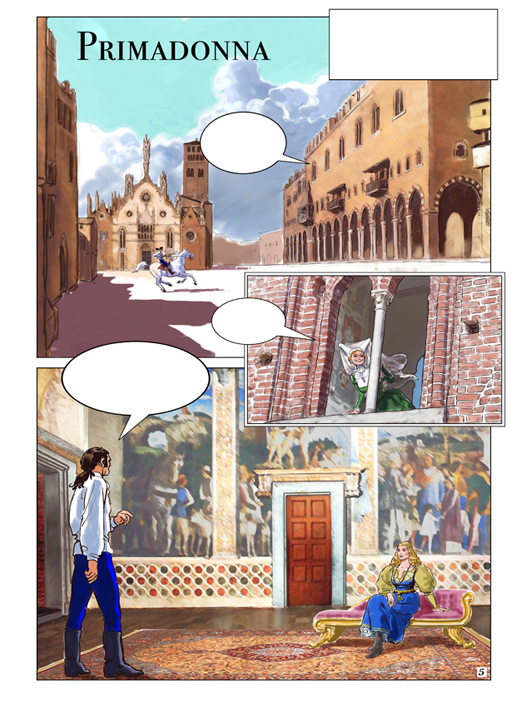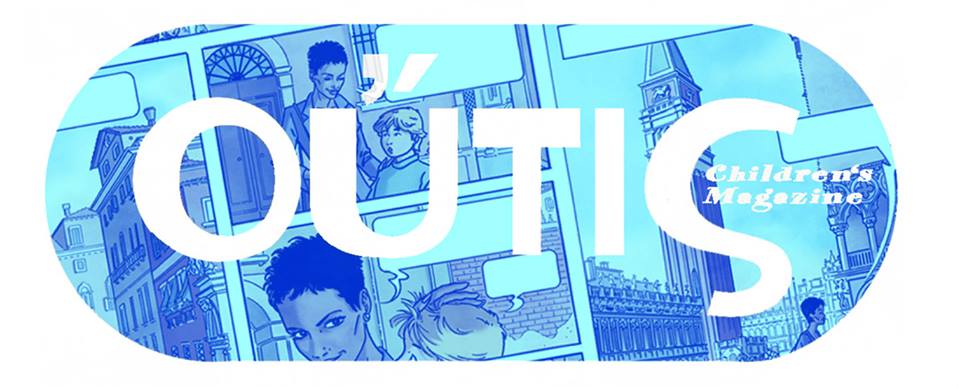
Come to where the Renaissance is: Mantova
Come to where the Renaissance is: Mantova
Ludovico Gonzaga, who had been Podestà of Mantua since 1318, was duly elected Capitano del popolo. The Gonzagas built new walls with five gates and renovated the city in the 14th century; however, the political situation did not settle until the third ruler of Gonzaga, Ludovico III Gonzaga, who eliminated his relatives and centralised power to himself. During the Italian Renaissance, the Gonzaga family softened their despotic rule and further raised the level of culture and refinement in Mantua.[8] Mantua became a significant center of Renaissance art and humanism. Marquis Gianfrancesco Gonzaga had brought Vittorino da Feltre to Mantua in 1423 to open his famous humanist school, the Casa Giocosa.
Isabella d’Este, Marchioness of Mantua, married Francesco II Gonzaga, Marquess of Mantua in 1490. When she moved to Mantua from Ferrara (she was the daughter of Duke Ercole the ruler of Ferrara) she created her famous studiolo firstly in Castello di San Giorgio for which she commissioned paintings from Mantegna, Perugino and Lorenzo Costa. She later moved her studiolo to the Corte Vecchia and commissioned two paintings from Correggio to join the five from Castello di San Giorgio. It was unusual for a woman to have a studiolo in 15th century Italy given they were regarded as masculine spaces. Isabella was a vociferous collector and such was her reputation that Niccolò da Corregio called her ‘la prima donna del mondo’.


